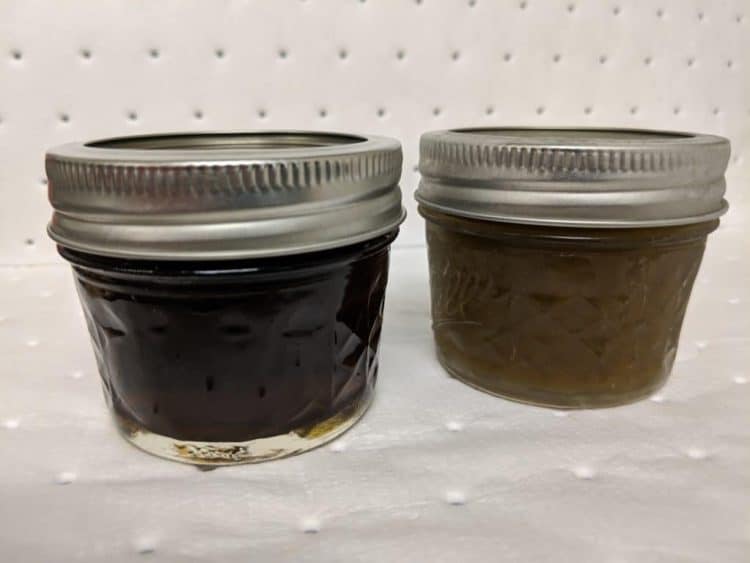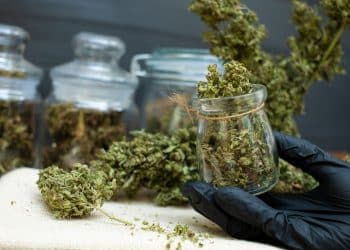Cannabis winterization involves chilling extracted oils at subzero temperatures and dissolving them into ethanol. This process separates lipids and other impurities from cannabis oil making it easy to filter these undesirable elements away while producing an unclouded extraction that is desirable for potency and flavor. Multiple factors including the temperature of crystallization, rate of cooling, and mobility of triglyceride molecules affect the process of separating lipids from the oil and their ability to be filtered away. [1] In addition to purity and flavor, winterized extracts tend to be more stable and have a longer shelf due to the removal of lipids.
Static winterization involves placing a mixture of cannabis oil and ethanol in a super-chilled freezer at -20°C for 48 hours. It’s common practice to place a small amount of cannabis oil mixed with ethanol into a mason jar and let it sit in a freezer until the fats separate. The advantage this winterization method imparts is its simplicity, enabling even novice cannabis extractors to achieve success. A disadvantage is that, due to ethanol purging at a higher temperature than other solvents used in different extraction techniques (such as butane and propane), a static winterized extraction may be susceptible to an increase in terpene loss.
Continuous winterization involves placing the oil and solvent mixture in a chiller with a rotating motor on the inside, while a continuous temperature of –40°C is maintained for 48 hours. Machines with the ability to conduct larger scale winterization production are growing in popularity and becoming available for widespread use. The advantage of continuous winterization is that the constant movement created by the rotating motor may limit terpene loss during the process due to solvent purging. The main disadvantages to this type of winterization are the cost and demands of maintaining a chiller capable of completing the process.
A key advantage to winterization in general is that the liquid extraction resulting from the process is generally free of impurities that burn and decompose at the temperatures typically utilized for consuming common vaporizer products. [2]
Works Cited
- Puri, Pushpinder S. “Winterization of Oils and Fats.” Journal of the American Oil Chemists Society. Volume 57(11): A848–A850. 1980. Times cited = 8. Journal impact factor=1.541
- Bjorncrantz, W.“Winterized Crude Cannabis Extracts and Methods of Preparation and Use.” United States Patent 20150105455. 2015












